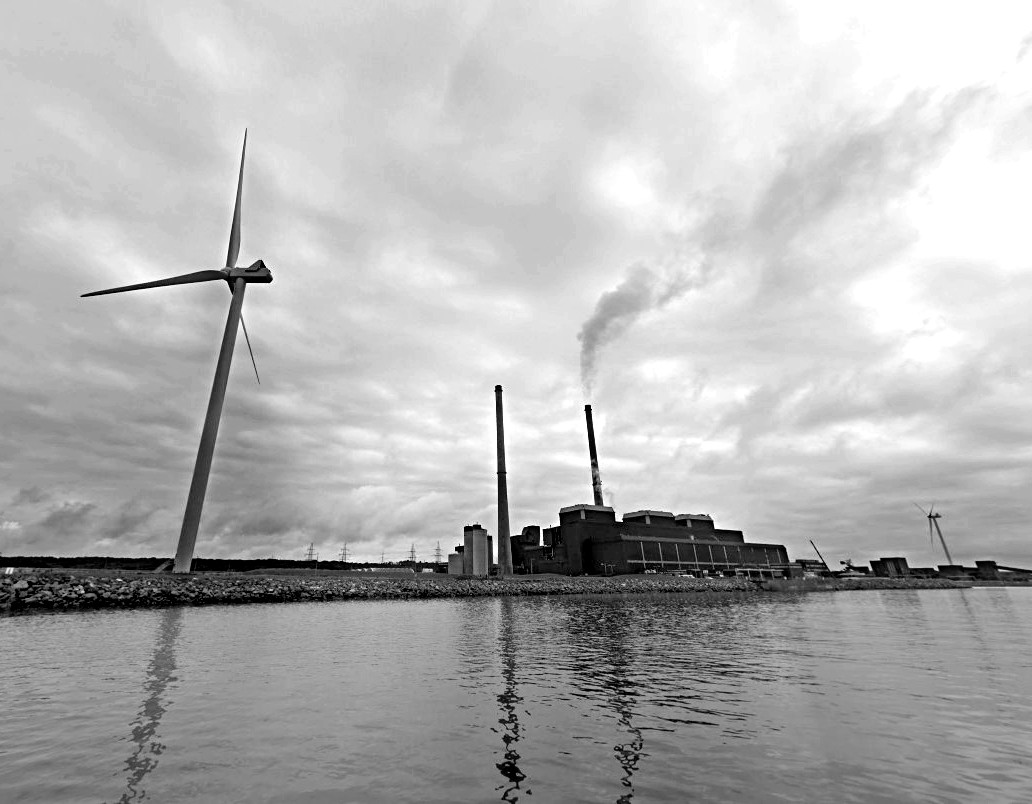Paddy Hayes took his position as chief executive of ESB last August and immediately sat down with his management team to begin work on a new strategy for the state-owned group operating across electricity generation, networks and supply to customers. While there is a temptation for every new CEO to put their mark on a shiny brochure setting a new direction for their business, it says a lot about the pace of change in the energy industry over the past five years that a redesign of ESB’s existing 2017 strategy statement was in fact regarded internally as overdue – The…
Cancel at any time. Are you already a member? Log in here.
Want to read the full story?
Unlock this article – and everything else on The Currency – with an annual membership and receive a free Samsonite Upscape suitcase, retailing at €235, delivered to your door.

